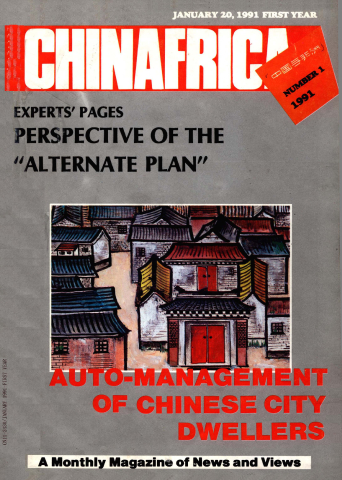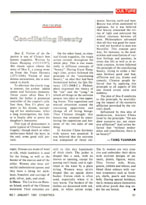Don E, Victim of An Injustice is one of China’s best known tragedies. Written by Guan Hanqing ( 1213-1297),this classic opera relates the story of Dou E, a young woman from the Yuan Dynasty(1271-1368). Victim of slanderous accusations, she is sentenced to death.
To alleviate the overly tragic content, the author added comic and fictitious elements. Three years after Dou E’s death, her father is promoted controller of the empire’s jails. Just then, Dou E’s ghost appears in his dream, recounting all her misfortunes. After a long investigation, the father is finally able to prove his daughter’s innocence.
This type of denouement is quite typical of Chinese classic tragedy; though death or other misfortunes befall the hero, in the end, some good still prevails.
On the other hand, in classical Greek tragedies, the tragic action extends throughout the whole play. This is due essentially to different concepts of “beauty”. During Guan Hanqing’s time, artists followed the principle of the “conciliating beauty,” an idea that had been formulated before the Qin Dynasty (221-206B.C.). Philosophers expressed the theory of the “yin” and the “yang,” in which all things in the universe possess two sides or two opposing forces. This opposition and mutual attraction caused the unceasing apparition and change of all living beings. Thus Chinese thought that beauty was attained by conciliating the opposition and harmony of the two sides of one thing.
In Ancient China harmony with nature was essential. It was believed that the universe was composed of three elements: heaven, earth and man. Beauty was often associated to rightness, for it was believed that beauty contained the virtue of right and conveyed the ethical relations between all men. Philosophers advanced that all that was good for society and not harmful to man was beautiful. This concept gave way, for instance, to the moderation and conciliation of various feelings and passions, in every day life as well as in artistic creation. Artists followed the principle of the conciliating beauty, trying to strike a balance between good and bad, affliction and joy, drama and comedy. Chinese people believed that by applying this principle to all aspects of life one would attain calm and stability.
The plot of Dou E conforms to this principle, by neutralizing the impact of the excessive affliction provoked by the victim’s death.
Influenced by this idea of moderation, Ancient China lived by the principle: “Do not show excessive joy, nor excessive affliction!” And artists believed that “without moderation and conciliation, there is no beauty!”


 Copy Reference
Copy Reference 